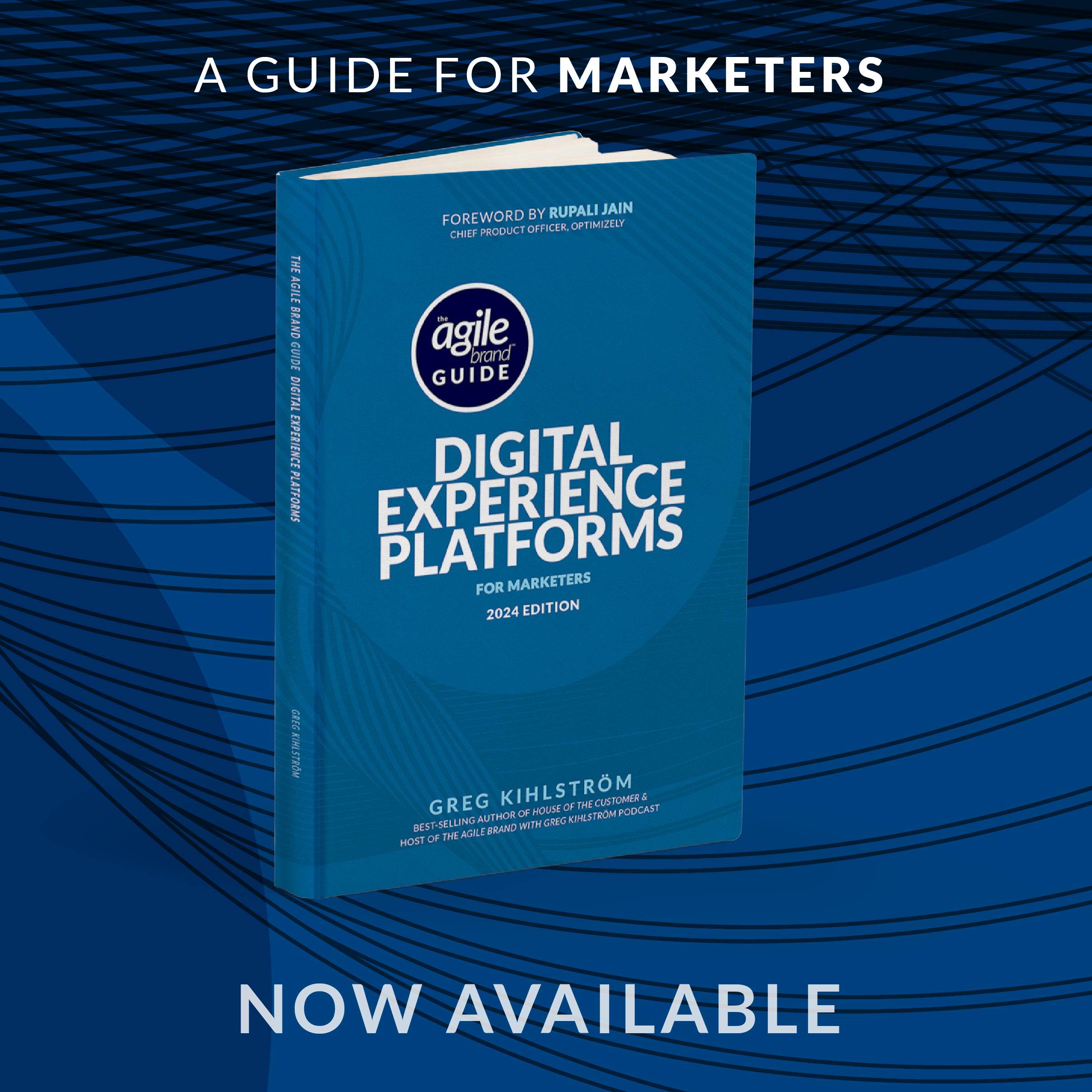This article was based on the interview with Cédric Chereau from EagleAI by Greg Kihlström, AI and MarTech keynote speaker for The Agile Brand with Greg Kihlström podcast. Listen to the original episode here:
The integration of artificial intelligence (AI) has become not only a competitive advantage but a necessity for survival. Retailers face the critical decision of whether to develop AI solutions in-house (“make”) or to purchase existing solutions from third-party providers (“buy”). This decision hinges on a variety of factors, including strategic priorities, resource availability, and the urgency of implementation. Striking a balance between making and buying AI solutions is essential for retailers seeking to optimize their operations and enhance customer experiences.
At the heart of the make vs. buy debate is the concept of prioritization. Retailers must evaluate their unique business needs and identify which aspects of their operations are most strategic. For core competencies that are fundamental to their brand identity or competitive positioning, building custom AI solutions may be necessary. This approach allows retailers to maintain control over critical functionalities and tailor solutions to their specific requirements. However, this path can be resource-intensive and time-consuming, often taking months or even years to yield results.
Conversely, there are scenarios where speed is of the essence. In such cases, purchasing ready-made AI solutions can be a more pragmatic choice. These solutions are often developed by experts in the field and can be implemented quickly—sometimes within weeks. For retailers seeking to address immediate challenges or capitalize on market opportunities, buying AI solutions can provide a significant advantage. This approach allows them to leverage cutting-edge technology without the lengthy development cycle associated with building from scratch.
The key to effective decision-making in this context lies in understanding where to focus investment and attention. Retailers must assess the strategic importance of various AI applications and determine which initiatives warrant a bespoke approach and which can be effectively addressed through existing solutions. For instance, predictive AI, which helps retailers anticipate customer behavior and personalize offers, may be a critical area for investment. In contrast, more generalized AI applications could be sourced from third-party vendors, allowing retailers to move more quickly and efficiently.
Moreover, the distinction between different types of AI solutions—such as generative AI and predictive AI—further complicates the make vs. buy decision. While generative AI, exemplified by tools like ChatGPT, garners much attention for its ability to create content, predictive AI plays a pivotal role in driving business outcomes. Predictive AI enables retailers to personalize offers and enhance customer experiences by forecasting future behaviors. This capability is crucial for optimizing marketing strategies and improving overall profitability. Thus, while generative AI may be perceived as more innovative or exciting, predictive AI often delivers more tangible benefits for retailers.
The integration of predictive AI with generative AI can be particularly powerful. Retailers can leverage predictive analytics to identify the next best action or offer for a customer, then use generative AI to create personalized content that resonates with that individual. This combination allows for a level of personalization at scale that has historically been challenging to achieve. By understanding customer propensities and tailoring communications accordingly, retailers can enhance engagement and drive conversions.
The balance between making and buying AI solutions is a nuanced consideration that retailers must navigate in today’s competitive landscape. By prioritizing strategic investments in areas that matter most to their business while also recognizing the value of existing solutions, retailers can create a robust AI strategy that drives growth and enhances customer experiences. End-to-end AI integration is crucial for unlocking the full potential of data and achieving operational efficiency. As the retail landscape continues to evolve, those who prioritize this integration will be better positioned to thrive, ultimately delivering greater value to their customers and stakeholders.










